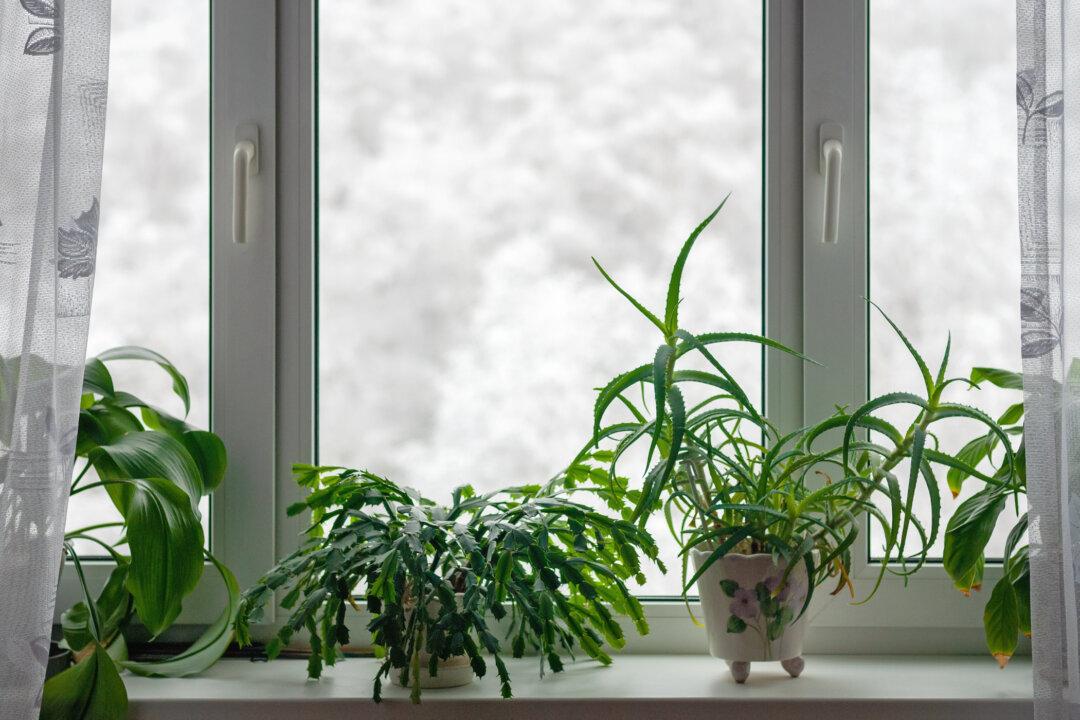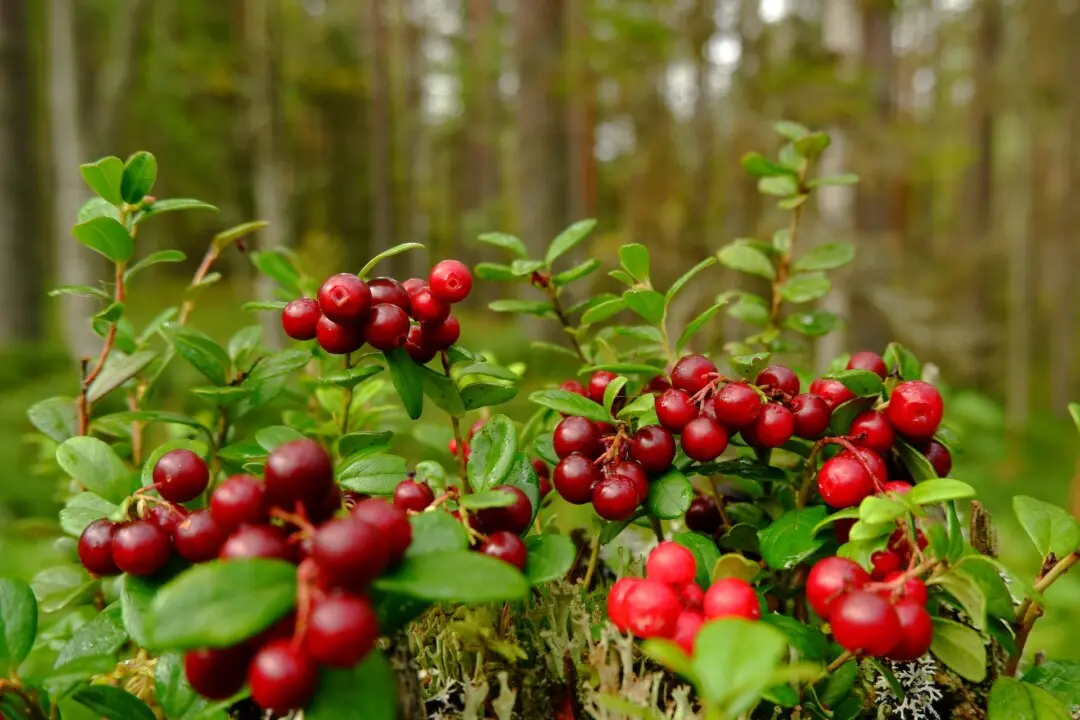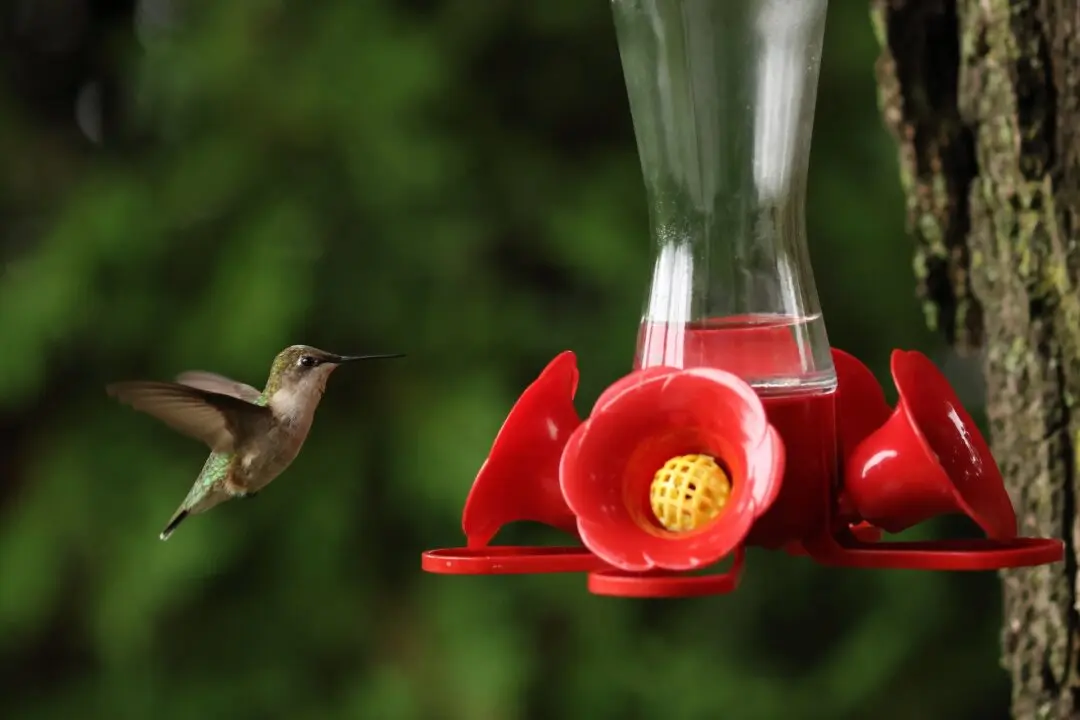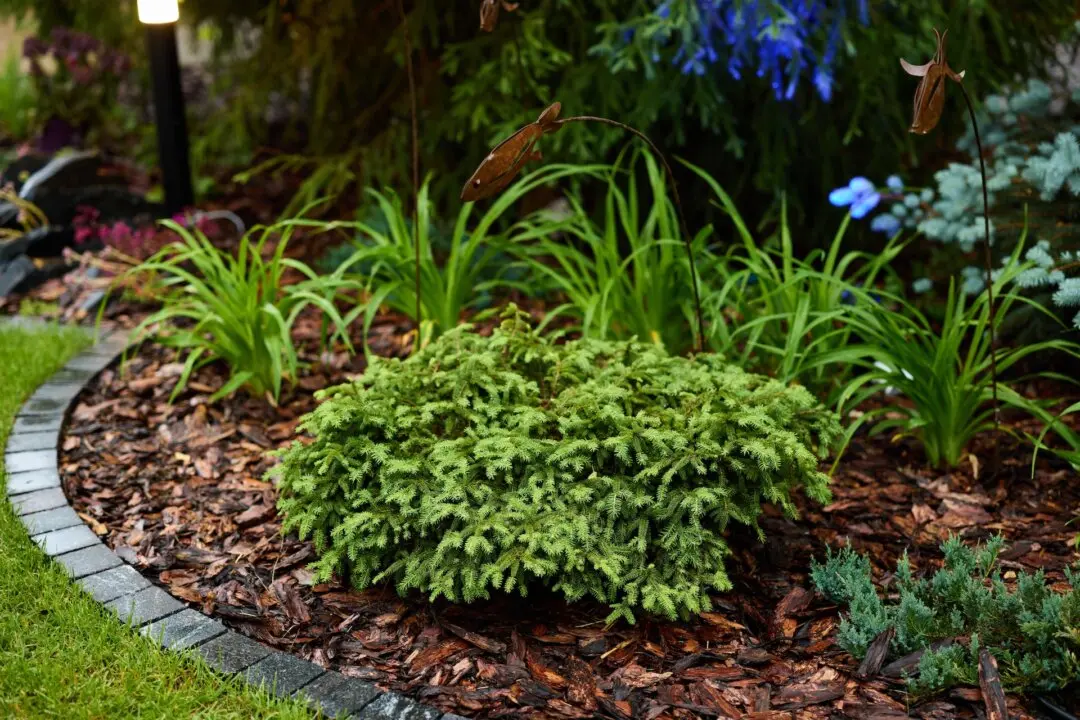Let’s look ahead to gardening in the new year, even though winter may have only officially started last week. The El Nino weather pattern has given us lots of warm weather in the northern half of the U.S. and lots of rain in the southern and eastern parts, so it hasn’t felt much like winter yet.
For Northerners, winter is a good time to plan your vegetable garden and your landscape. A good way to do that is to look at seed and plant catalogs. Many Southerners have their vegetable gardens growing right now.





